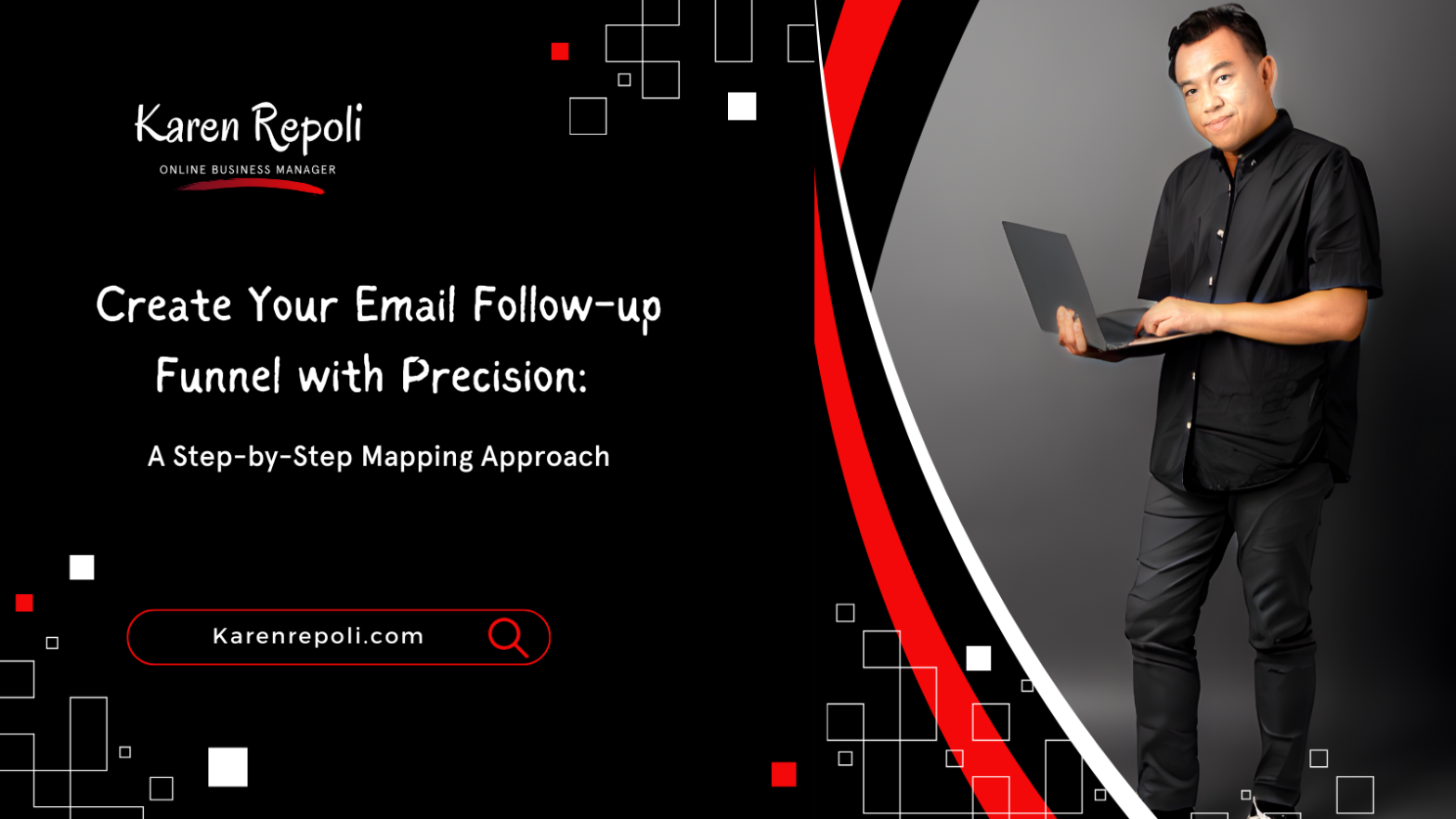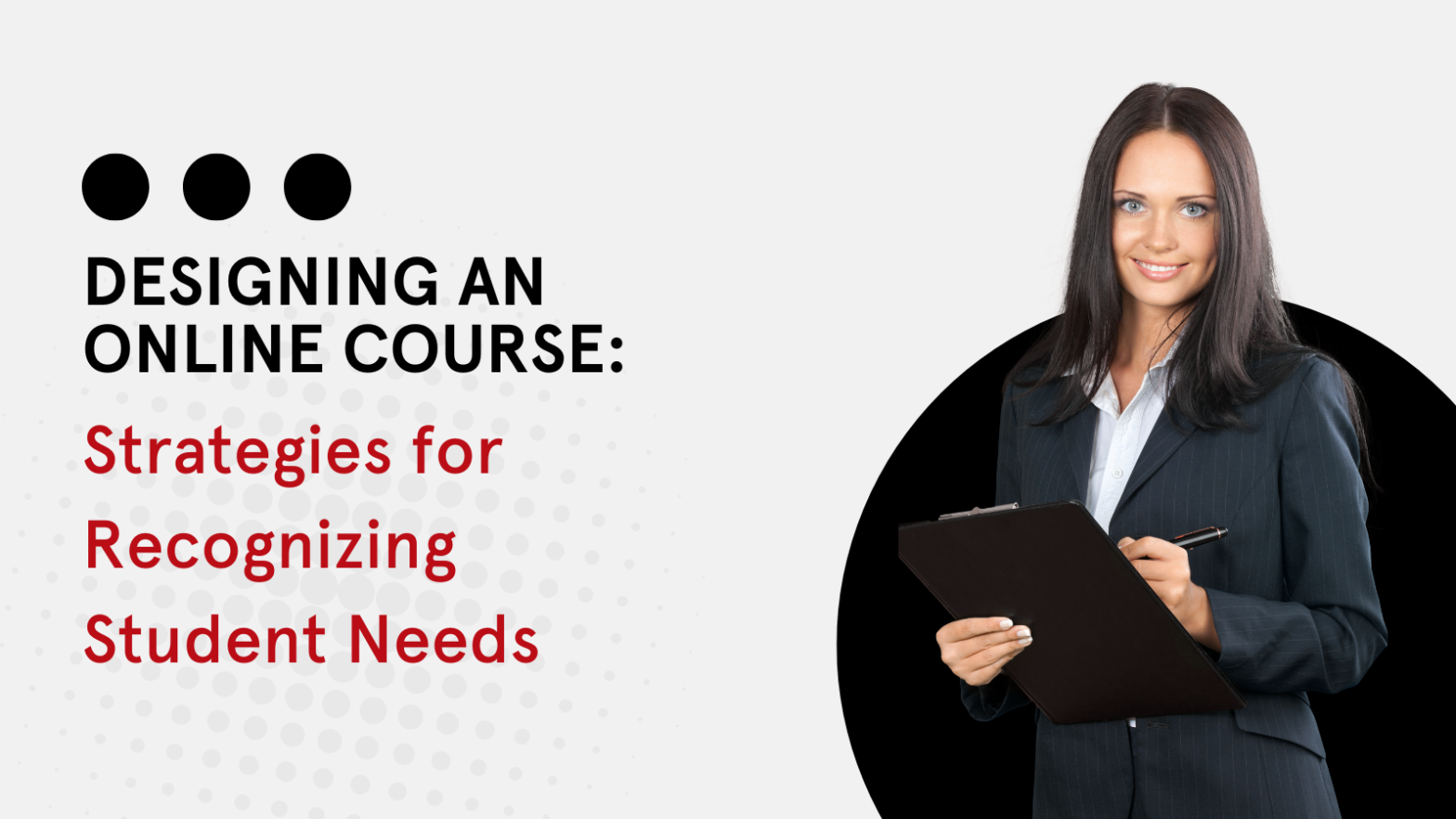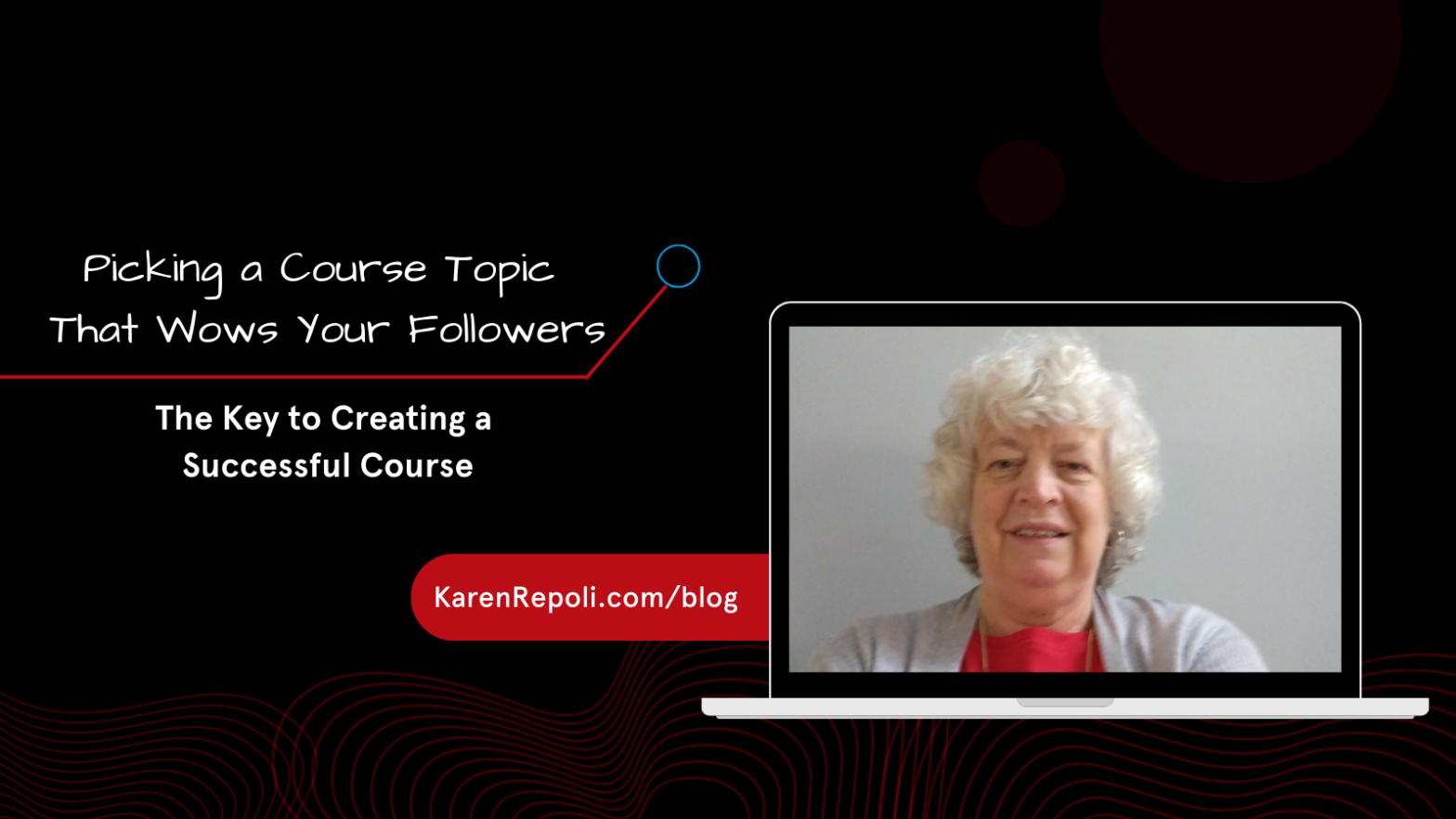In last week’s blog, we discussed the importance of defining your email follow-up sequence’s goal. Today, we’ll embark on the journey of crafting a seamless, step-by-step process designed to guide your subscribers effortlessly towards that goal.
One crucial aspect of a successful email follow-up funnel is ensuring that each email in the sequence builds upon the previous one. Think of it as telling a story or unfolding a series of valuable information gradually. This approach keeps your subscribers engaged and eager to open the next email. By creating a logical flow from one message to the next, you can maintain a consistent narrative that resonates with your audience.
This serves several purposes:
- Help your subscriber to achieve her goals
- Clearly establish your expertise in the niche (so you become the go-to expert)
- “Train” your subscribers to open their email (because the information is so valuable to them)
Think of it like teaching a middle-school math class. You cannot expect your class members to easily grasp algebra if they don’t yet know how to add and subtract. You must give them the prerequisites first, before asking them to move to higher-level subjects.
Figure out what those prerequisites are, and in what order they should be learned, and you’ll be well on your way to creating a well-planned and highly profitable follow-up sequence.
Begin with your initial download or welcome message, and from there, determine the subsequent information your subscribers will seek or require. It’s crucial to structure the content in a manner that provides the greatest advantage, ensuring a logical progression of information. You can:
Provide more information.
In each email of your follow-up sequence, aim to provide valuable information that educates, entertains, or solves a problem for your subscribers. Whether you’re sharing industry insights, how-to guides, or exclusive tips, make sure that the content adds value to the reader’s life. By positioning yourself as a helpful resource, you can build trust and credibility with your audience, making them more receptive to your future emails and offerings.
Provide more resources
Along with valuable information, don’t hesitate to provide additional resources to your subscribers. This could include links to blog posts, whitepapers, case studies, or webinars that dive deeper into the topic discussed in the email. By offering more resources, you not only provide extra value to your audience but also encourage them to further engage with your brand. Remember, the goal is to nurture the relationship and establish your expertise in the field.
A Word of Caution: Strike a balance between information and offers in your email follow-ups
While it’s essential to provide valuable content in your follow-up emails, it’s also crucial to strike a balance between information and promotional offers.
If you want to be known as the go-to expert in your niche, you must provide rock-solid information that is of value to your subscribers.
Too many sales pitches can turn off your subscribers and be met with incredulous glares and an astounding unsubscribe rate. While too little promotion may not drive the desired conversions.
The fact is, you must “train” your subscribers to expect—and even appreciate—periodic offers. Savvy readers understand that the best information comes with a price tag, but if you establish a pattern of all information, all the time, they’ll begin to think this is the norm for your list, and will vehemently oppose any offer, regardless of how useful it might be.
With that said, though, you must be careful not to go too far in the other direction, either. Offer after offer after offer will quickly burn out your list, and result in a higher than usual unsubscribe rate.
Find a middle ground where you can seamlessly integrate soft-selling messages or exclusive deals without overwhelming your audience.
Some markets will happily accept a higher percentage of offers when compared to information, while others will resist every attempt to “sell them” something. You very likely have a good feel for what the balance needs to be for your list, but if not, this is something you can test along the way.
Remember, the ultimate goal is to guide subscribers towards taking action while respecting their inbox.
Mapping out your email follow-up funnel requires careful planning, thoughtful content creation, and continuous optimization. By ensuring that each email builds on the previous one, providing valuable information and additional resources, and striking a balance between content and offers, you can create a compelling email follow-up sequence that drives results. So, go ahead, map out your email follow-up funnel, and watch your email marketing efforts soar to new heights!





Leave a Reply